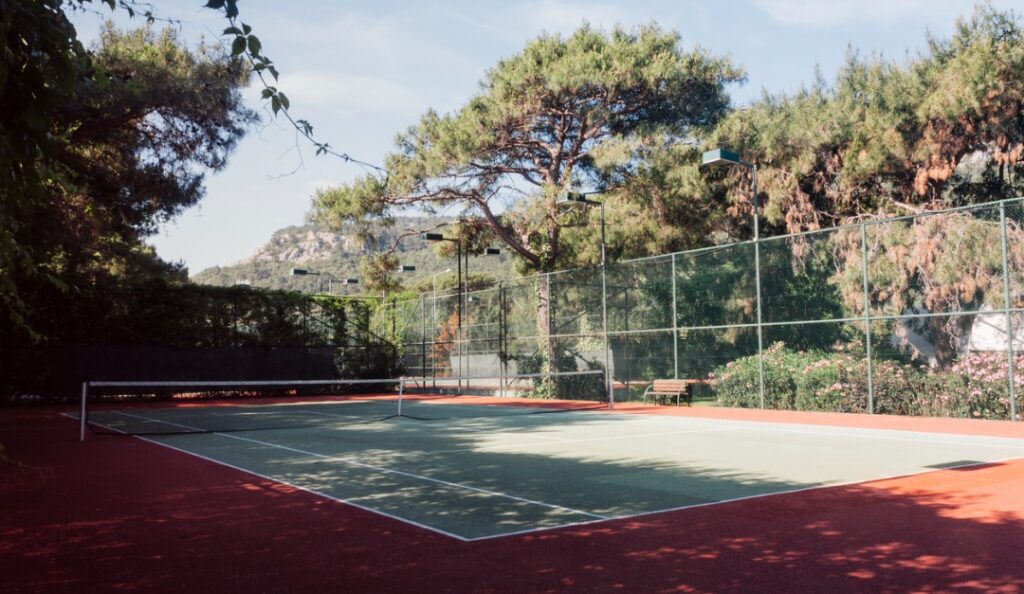Building a tennis court in your backyard offers a host of benefits. Convenience, health, and social opportunities are among the top. If you dream of being able to walk out your backdoor for a morning of tennis, knowing all the requirements and construction details will help streamline the process. Read on for potential factors to consider before installing your backyard tennis court.
Interview Contractors
Interview at least three tennis court contractors to get the most accurate pricing, quality and to assess their professionalism. Ask them about their process, the materials they use, their warranty, confirm that they are insured, and ask for a list of references.
Check Zoning
Before you break ground, check your local zoning requirements and acquire the required permits. Provided youre permitted to install a tennis court, check if there is a required surface you must use, as well as the requirements on lighting.
Determine the Size and Orientation
A standard tennis court is 120 feet by 60 feet, and you should allow approximately 20 feet between the court and other structures on the property. The area should be level, equal, or higher than the adjacent land and away from tree roots. You may need to add a drainage system if the site collects high volumes of rainwater. Orienting the nets North-South is the most comfortable for the players, as this avoids the sun shining directly into your eyes.
Choose the Surface
There are several different surfaces you can choose for your tennis court. The best one for you ultimately comes down to your climate, how you prefer to play, and your budget. A clay court may be best if you prefer a harder surface, a slower bounce and live in a moderate climate without wind. An asphalt tennis court has a durable coating but will require resurfacing. However, asphalt isnt the best choice for areas with extremely high temperatures, as it can melt, crack and become too hot to the touch. Concrete courts have a long lifespan, require little maintenance, and provide a high bounce. An artificial grass court offers a fast, high bounce, works in various climates, and is low maintenance. An acrylic tennis court is an acrylic top layer over asphalt or concrete. It is low-maintenance and wont crack.
Consider the Accessories
If you enjoy playing a night game, your tennis court will require lighting. You can choose to add electricity for electric lights or opt for solar lighting, which requires no electricity. Equipment storage, fencing, nets, clocks, and players benches are all additional accessories you will likely need
Add a Hitting Wall
Unless you always plan on having an opponent to play with, installing a hitting wall will give you a surface to play solo. You can either practice your backhand or engage in a solo match.
Published with permission from RISMedia.



